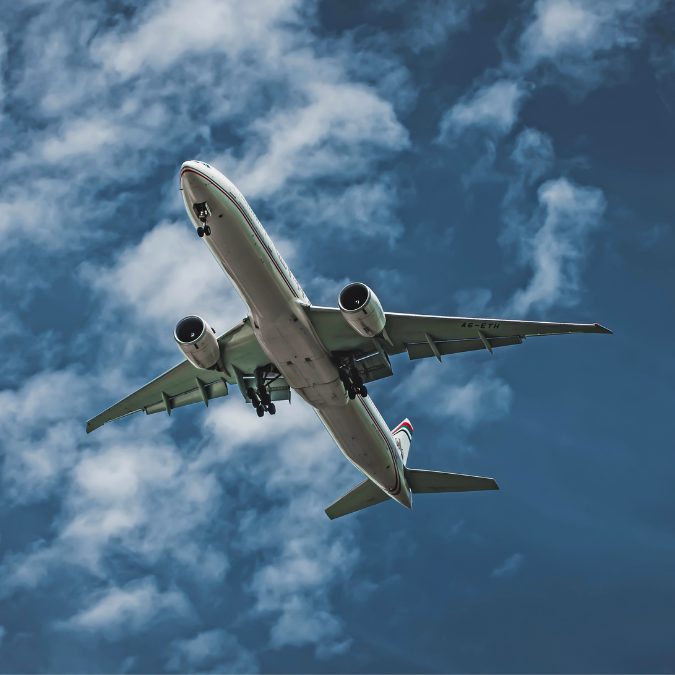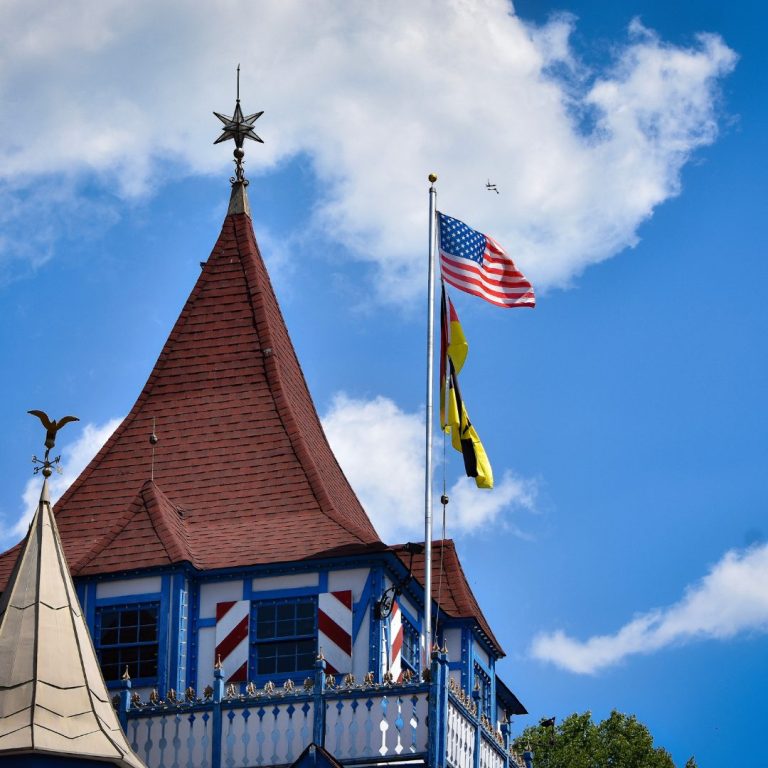Living In The Philippines Pros & Cons (Expat Guide)
Have you ever wondered what it like living in the philippines??
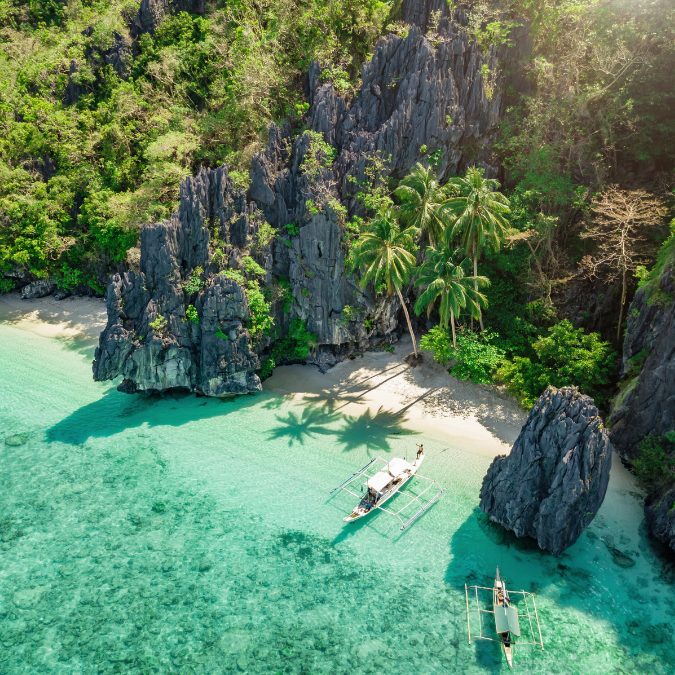
The Philippines, nestled in Southeast Asia amid the azure waters of the Pacific Ocean and the South China Sea, beckons with its charm and diverse landscapes. From bustling urban centers to serene rural retreats, the archipelagic nation offers a tapestry of experiences.
In this exploration, we delve into the pros and cons of living in the Philippines, from the allure of tropical beaches to the challenges posed by natural disasters.
Pros: Embracing the Beauty and Warmth
Beautiful Beaches and Nature Retreats:
The allure of the Philippines extends far beyond its renowned beaches, reaching a pinnacle of natural beauty in places like El Nido. Situated in the province of Palawan, El Nido stands as the epitome of tropical paradise, boasting pristine shores, crystal-clear waters, and limestone cliffs that create a mesmerizing coastal landscape.
For nature enthusiasts, the archipelago offers a myriad of opportunities, encouraging exploration from the stunning Sulu Archipelago to the depths of the Pacific Ocean, where vibrant marine life awaits beneath the surface.
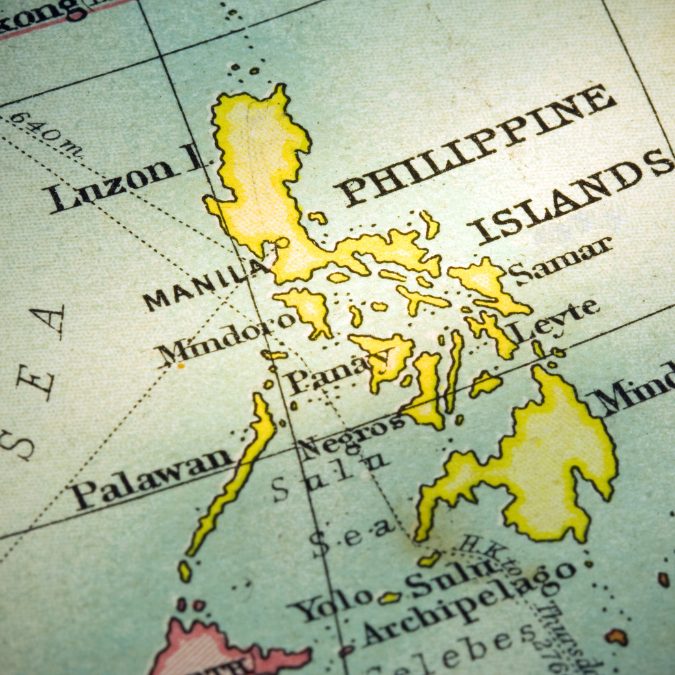
Friendly Filipino People:
The warmth and friendliness exuded by the Filipino people play an integral role in shaping the expatriate experience, serving as a foundational pillar that endears itself to those who venture into this vibrant and diverse archipelago. Renowned across the globe for their innate hospitality and genuine kindness, Filipinos extend a welcoming embrace that effortlessly eases the transition for foreigners, enabling them to quickly acclimate and forge meaningful connections that go beyond the superficial.
This unique quality of hospitality is especially pronounced in the charming embrace of smaller towns and rural areas, where the tight-knit communities foster a strong sense of belonging. Here, the spirit of camaraderie is palpable, creating an inviting atmosphere that resonates profoundly with expatriates seeking not just a new location, but a genuine home away from home. The warmth of the local populace becomes a beacon of comfort, guiding expats through the intricacies of daily life in a new cultural milieu.
In these close-knit locales, every interaction becomes an opportunity to experience the rich tapestry of Filipino culture. From festive celebrations that showcase the vibrancy of traditions to the simple yet heartwarming gestures of neighbors offering a helping hand, the sense of community becomes a source of joy and fulfillment for expatriates.
It is within these smaller pockets of the Philippines that the true essence of Filipino hospitality flourishes, creating an environment where bonds are formed effortlessly, and a shared sense of belonging becomes an integral part of the expat narrative.
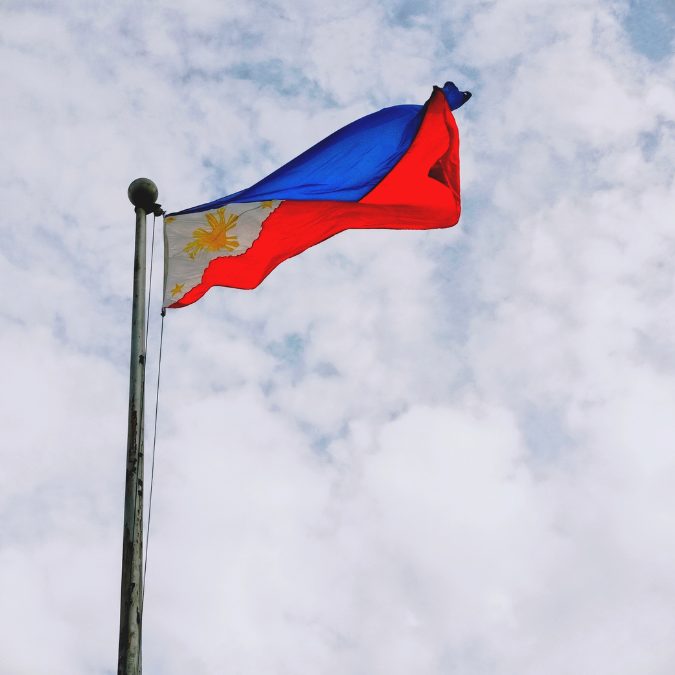
Low Cost of Living:
The allure of the Philippines lies significantly in its relatively low cost of living, presenting an attractive proposition for individuals looking to make the most of their retirement years or pursuing a location-independent career. Here, one can experience a fulfilling lifestyle without the financial strains that may accompany living in more expensive locales. From accommodation and daily expenses to entertainment and dining, the cost of living in the Philippines allows for financial flexibility, enabling expatriates to allocate resources to various aspects of their lives.
Adding to the country’s appeal is the advantageous exchange rate, particularly favorable for expatriates hailing from Western countries such as the United States. This economic benefit opens doors for retirees and digital nomads to indulge in the best that the Philippines has to offer, whether it’s exploring the enchanting natural landscapes, immersing themselves in the vibrant local culture, or simply enjoying the warm hospitality of the Filipino people.
As the sun-kissed shores and lush landscapes of the Philippines unfold, the financial prudence of the low cost of living aligns seamlessly with the desire for a comfortable and enriching lifestyle. The archipelago becomes not just a destination but a home where one can savor life’s pleasures without compromising on financial well-being. In essence, the Philippines emerges as a sanctuary for those seeking the perfect blend of affordability and quality living, where every moment is an opportunity to relish the beauty and warmth of this tropical paradise.
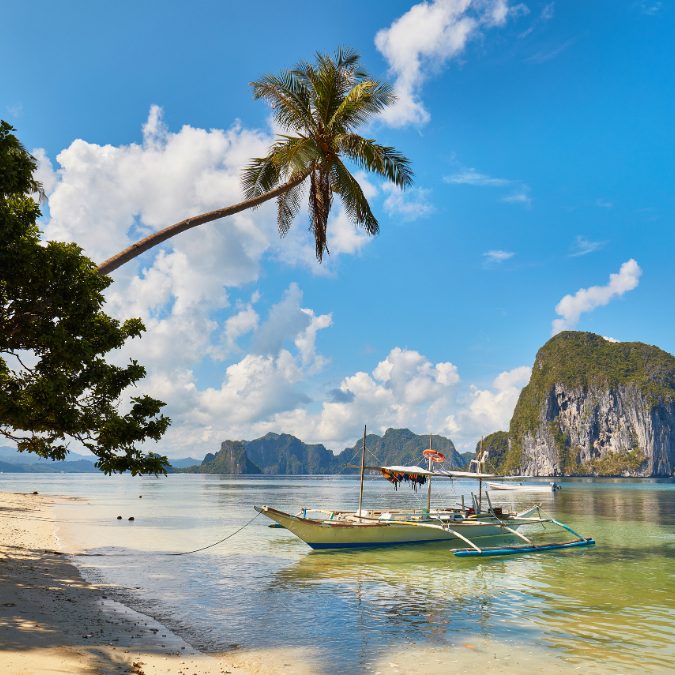
Tropical Climate and Natural Beauty:
Embracing a perpetual tropical climate, the Philippines invites those who revel in the warmth of the sun and the embrace of nature. Beyond its renowned beaches, the archipelago is punctuated with beautiful places, each showcasing a unique facet of its diverse ecosystems. From the emerald rice terraces of Banaue to the lush greenery of the Chocolate Hills in Bohol, the Philippines caters to the tastes of nature enthusiasts and outdoor adventurers, providing a sanctuary for those seeking to connect with the natural world.
Philippine Cuisine and Cultural Richness:
The Filipino culture is a vibrant tapestry woven with a rich history and diverse traditions, offering expatriates an enriching cultural experience. An integral part of this cultural tapestry is the delectable Philippine cuisine. Dishes like the savory adobo and the tangy sinigang tantalize the taste buds, showcasing the depth and variety of flavors. Embracing local culinary delights becomes a rewarding aspect of life in the Philippines, providing a unique and flavorful journey into the heart of Filipino culture.
In essence, the Philippines not only boasts stunning beaches and warm hospitality but also offers a multifaceted experience that extends to the heart of its culture, providing expatriates with an unparalleled opportunity to immerse themselves in the richness and diversity of this tropical paradise.
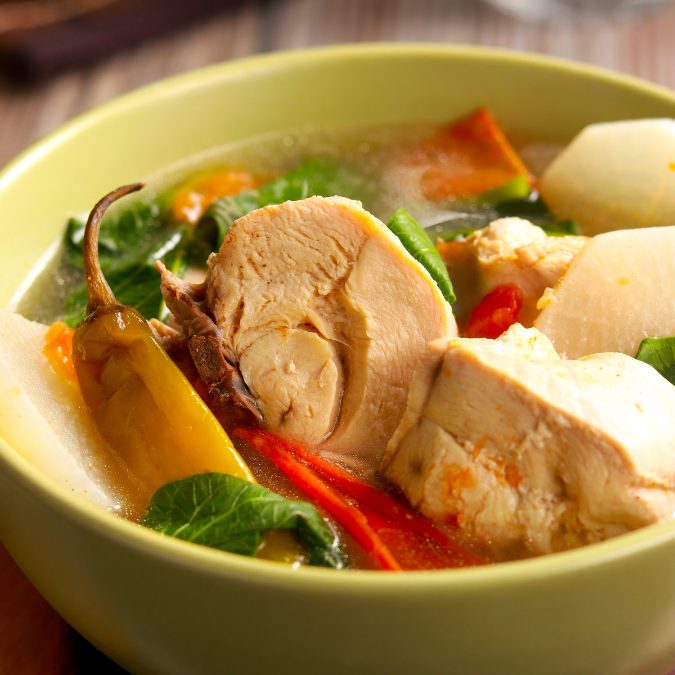
Cons: Navigating Challenges in Paradise
Natural Disasters and Climate Challenges:
The enchanting landscapes of the Philippines come with their fair share of challenges, particularly in the realm of natural disasters. The archipelago is no stranger to the forces of nature, frequently experiencing typhoons, earthquakes, and volcanic eruptions. While commendable strides have been made in disaster preparedness, especially in major cities, residents in rural areas find themselves at the frontline during the rainy season. Increased risks of floods and landslides necessitate a perpetual state of vigilance, highlighting the importance of community resilience and effective disaster response strategies.
Urban Challenges:
In the bustling heart of larger cities such as Manila and Cebu City, the charm of urban life coexists with certain challenges. Traffic congestions, a ubiquitous feature of metropolitan areas, can test the patience of even the most seasoned commuters. The air pollution prevalent in urban centers becomes a pressing concern, impacting the overall quality of life. Moreover, the strain on infrastructure poses challenges that residents, both local and expatriate, navigate daily.
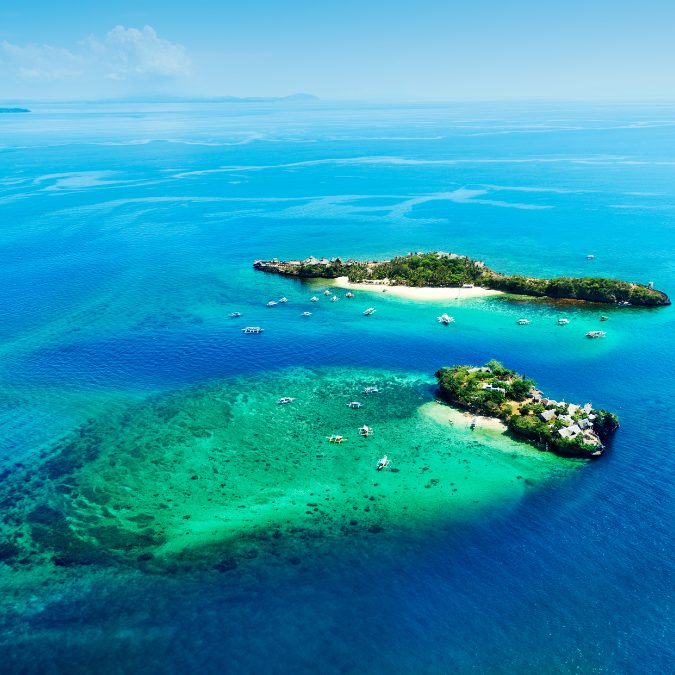
Healthcare Facilities and Medical Insurance:
While urban areas boast private hospitals offering quality healthcare, the scenario shifts in rural landscapes where access to medical facilities may be limited. For expatriates and locals alike, securing comprehensive medical insurance becomes a paramount consideration. This ensures that in times of need, individuals have the assurance of accessing quality healthcare, regardless of their location within the archipelago.
Time Difference and Distance:
The archipelagic nature of the Philippines introduces a dynamic element in the form of time difference, a factor that becomes significant for those engaged in offshore work or maintaining connections with home countries, such as the United States. Balancing work commitments and personal life with the time zone variance requires adept adjustment and effective time management, as individuals navigate the challenges of maintaining seamless communication across geographical distances.
In essence, while the Philippines offers a myriad of enchanting landscapes and vibrant urban experiences, understanding and navigating these challenges becomes an integral part of the expatriate journey, contributing to a well-rounded and realistic perspective on life in this tropical paradise.
Dry Season (November to April):
November to April marks the dry season in the Philippines, characterized by clear skies and minimal rainfall. This period is considered the best time to visit, especially for beach lovers and outdoor enthusiasts. Whether you’re exploring the white sand beaches of Boracay, diving into the crystal-clear waters of Palawan, or hiking through the lush landscapes of Luzon, the dry season offers ideal conditions. Keep in mind that this is also the peak tourist season, so popular destinations may be busier.
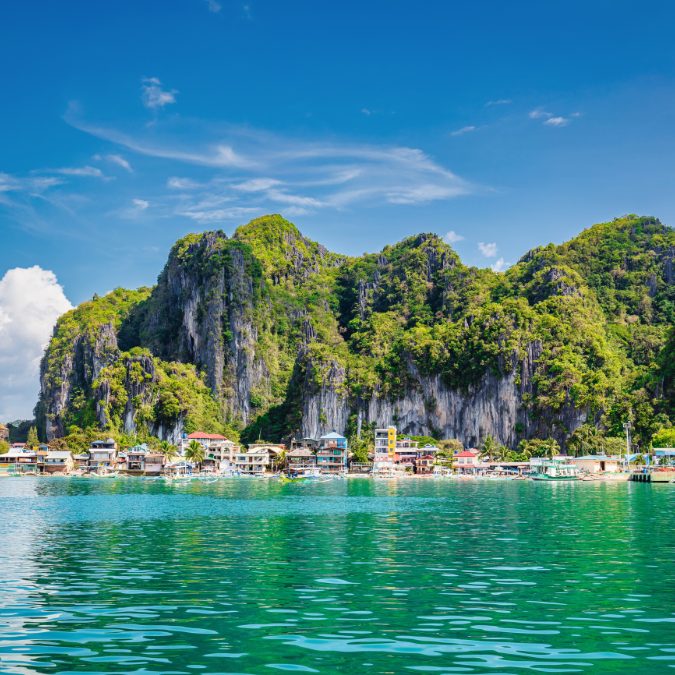
Wet Season (May to October):
May to October brings the wet season, with increased rainfall and occasional typhoons. While the rain rejuvenates the landscapes, offering lush greenery and vibrant flora, outdoor activities may be limited during heavy downpours. However, if you’re looking for a more relaxed and budget-friendly experience with fewer crowds, this could be an ideal time to visit. Some regions, like Siargao, are known for excellent surfing conditions during the wet season.
Festivals and Events:
Consider planning your visit around local festivals and events to enhance your cultural experience. Festivals like Sinulog in Cebu, Ati-Atihan in Aklan, or Dinagyang in Iloilo showcase the Philippines’ rich cultural heritage and add an extra layer of vibrancy to your trip. These events often occur throughout the year, so you can align your visit with the celebration that interests you the most.
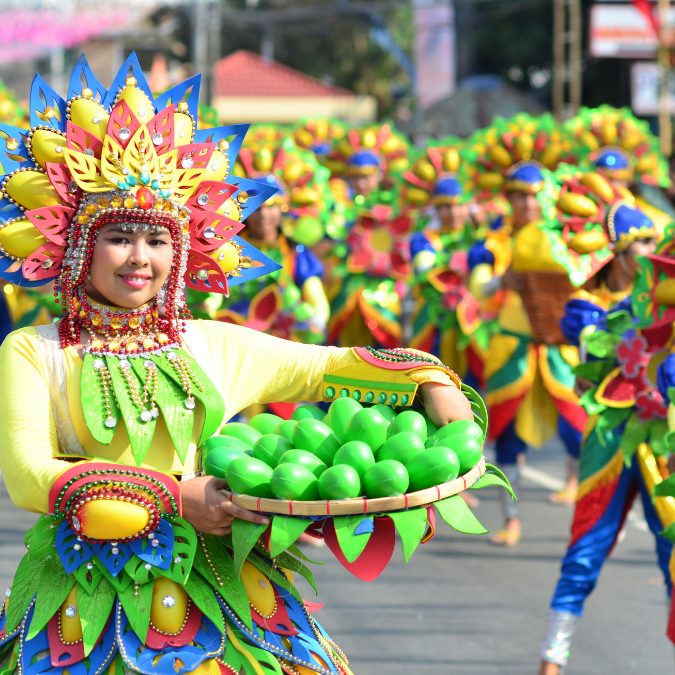
Diving Season:
If you’re a diving enthusiast, the dry season is the best time to explore the underwater wonders of the Philippines. Exceptional visibility and calm seas prevail during this period, providing optimal conditions for diving and snorkeling. Destinations like Tubbataha Reefs Natural Park and Apo Reef are particularly popular among divers.
Consider Your Preferences:
Ultimately, the best time to visit the Philippines depends on your preferences. If you seek sunny days, water activities, and lively festivals, the dry season is your go-to. On the other hand, if you prefer a more laid-back atmosphere and don’t mind occasional rain, the wet season may offer a unique charm.
FAQ
Q1: What are the best places to live in the Philippines?
A1: Popular places for expats include Makati City, Bonifacio Global City, and Davao City. These areas offer a mix of urban conveniences, cultural richness, and access to amenities.
Q2: How is the cost of living in the Philippines?
A2: The cost of living is relatively low, making it attractive for foreign nationals, retirees, and digital nomads. Rent for a one-bedroom apartment can be affordable, contributing to a lower cost of living.
Q3: Are there good educational options, including international schools?
A3: Yes, the Philippines has a range of educational institutions, from public schools to private and international schools. Metro Manila, in particular, offers diverse choices for quality education.
Q4: How is the public transportation system in the Philippines?
A4: Public transportation, especially in major cities, includes buses, jeeps, and tricycles. While it provides an affordable option, traffic jams and poor infrastructure can be challenges.
Q5: What is the main reason people choose to live in the Philippines?
A5: The main reasons include the warm climate, friendly people, and the allure of beautiful places. The tropical country attracts nature lovers and those seeking a relaxed lifestyle.
Q6: Is air conditioning common in residential areas?
A6: Yes, air conditioning is common, especially in urban centers like Metro Manila. It provides relief from the warm climate and strong winds that can be experienced in certain regions.
Q7: How is the security situation and crime rate in the Philippines?
A7: The overall crime rate is relatively low. While common sense precautions are advised, it’s generally a safe place. Expats and locals alike enjoy the warm hospitality of the Filipino people.
Q8: What are the challenges faced in bigger cities like Makati and Pasay?
A8: Bigger cities, like Makati and Pasay, face challenges such as traffic jams, air pollution, and poor infrastructure. However, they also offer urban conveniences, shopping malls, and diverse cultural experiences.
Q9: Are there opportunities for foreign nationals to work in the Philippines?
A9: Yes, there are opportunities, and some expats work in offshore teams. The government agency provides guidelines for expatriates, including visa requirements.
Q10: What is the importance of face masks in the Philippines?
A10: Face masks are commonly used, especially in crowded areas and during health concerns. It’s a practice that became more prevalent in recent years, emphasizing public health and safety.
Q11: How is the expat community in the Philippines?
A11: The Philippines has a vibrant expat community, with events, gatherings, and forums connecting foreigners. Expats often share experiences and tips for navigating life in the archipelagic country.
Q12: Can I use international credit cards easily in the Philippines?
A12: Yes, international credit cards are widely accepted, especially in urban areas and shopping malls. It’s a convenient way for expats to handle transactions.
Q13: What’s the significance of the tropical climate in the Philippines?
A13: The tropical climate is one of the main attractions. It contributes to a warm and sunny environment, making it an ideal place for those seeking a perpetual summer vibe.
Q14: Is it a good idea for foreign retirees to choose the Philippines?
A14: Yes, the Philippines is a popular choice for foreign retirees due to the low cost of living, friendly locals, and a relaxed lifestyle. Retirees often find a welcoming community and beautiful places to enjoy.
Q15: How is the traffic situation in Metro Manila?
A15: Traffic jams are common in Metro Manila, especially during rush hours. Navigating through the city may require patience, and public transportation can be an alternative.
Conclusion To Living In The Philippines
Living in the Philippines offers a unique blend of tropical beauty, cultural richness, and warm hospitality. From the bustling urban centers to the tranquility of rural landscapes, the archipelagic country beckons with its charm.
However, as with any destination, navigating the challenges, whether natural or urban, is part of the experience. For those who appreciate the warmth of the Filipino people, the allure of white sand beaches, and the richness of cultural diversity, the Philippines may indeed be the right place to call home.

